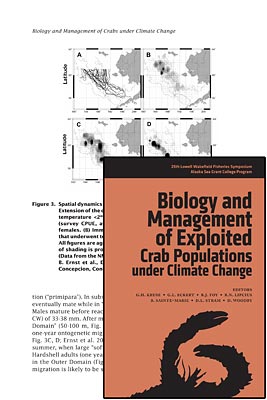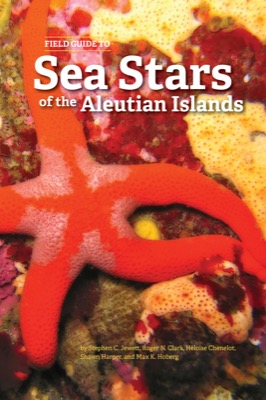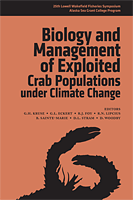
Temperature Effects on Assessment of Red King Crab in Bristol Bay, Alaska
L.A. Chilton, R.J. Foy, and C.E. Armistead
- Price: $1.65 Sale: $0.00
| Format | Price | |
|---|---|---|
| PDF download [2.9 MB] Bypass cart and download |
Free | Add to Cart |
Description
Bottom trawl surveys are conducted annually by the National Marine Fisheries Service in the eastern Bering Sea. One goal of the survey is to estimate the abundance of mature red king crab (Paralithodes camtschaticus) in Bristol Bay, Alaska. We hypothesize that not all mature red king crab females are mated at the time of the survey due to mismatched spatial overlap of males and females. Stock assessment models account for this by estimating the female contribution as the number of newly molted, ovigerous females with uneyed embryos from the survey. In years with colder than average water temperatures, embryo development and the molt-mate cycle are delayed. This delay likely impacts the migration of mature female red king crab to mating areas and their ability to extrude uneyed embryos, thereby affecting survey abundance estimates. The ratio of females with eyed embryos to females with uneyed embryos in cold years is higher at the start of the survey compared to warm years. The higher ratio of eyed to uneyed embryos in cold years is a result of the extended embryo development due to the colder water temperatures, and affects the distribution of mature females as well as their availability the bottom trawl survey.
Item details
- Item number: AK-SG-10-01l
- Year: 2010
- DOI: https://doi.org/10.4027/bmecpcc.2010.25


 This is part of
This is part of 
